The whole reason this website exists is because of my Master’s in science communication. As part of the thesis, you have to do a creative project in addition to academic research. But what about the research I did? There have been a lot of edits and rewrites and even some new testing since then. So now, it’s time for an update on the research behind the Wild Focus Project…
Japan's Alaska: Shiretoko Peninsula, the Final Frontier
Eli Sooker is a NZ-based conservationist, writer, and photographer, and you can now find his page in the Story collection on the Wild Focus Project! Eli is currently in Japan, and recently had the opportunity to visit the Shiretoko Peninsula, a wildlife haven. This week, he shares his photos and thoughts on the experience. Enjoy!
Take Nothing but Pictures?
In one of my earliest blog posts, I wrote about the ethics of wildlife photography. I summarized my list of guidelines with the adage, “Leave nothing but footprints, take nothing but pictures.” While I still stand by my guidelines, I now think that that phrase leaves something to be desired. It’s a good principle, but it’s a little too simplistic…
Ansel Adams: Photography for the Parks
Last week, I delved into the early history of the US National Parks: their origins, their development, and their advocates – particularly John Muir, founder of the Sierra Club. Who would continue his legacy? Who could keep up that fight with the same level of passion and ability to share the importance and beauty of the wilderness with the American people? Enter Ansel Adams. …
